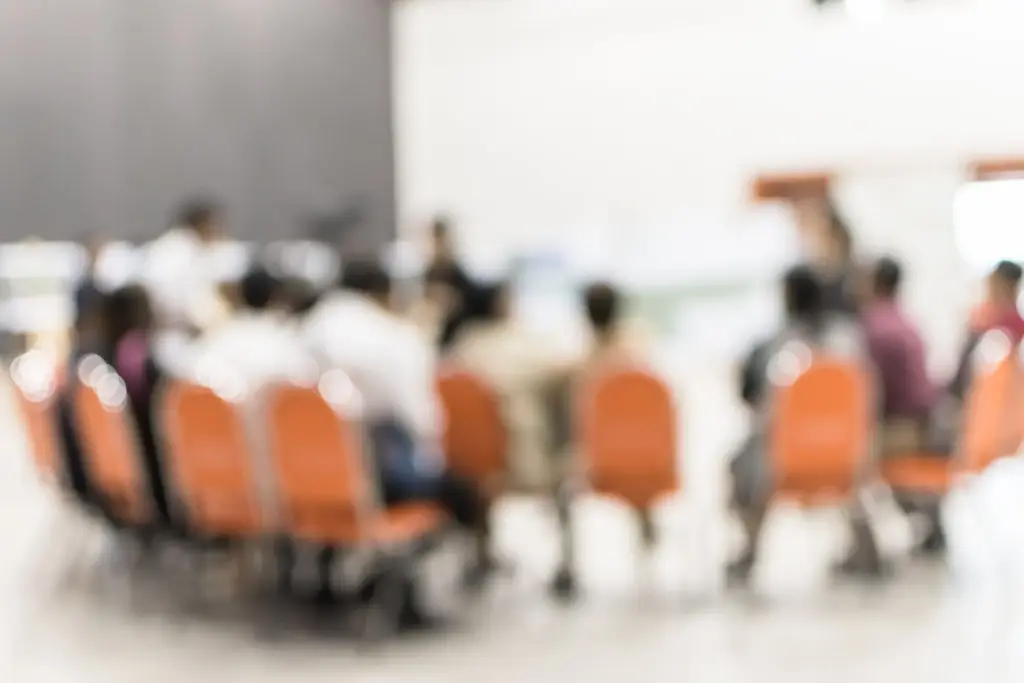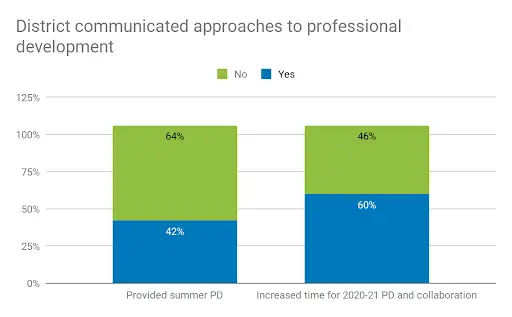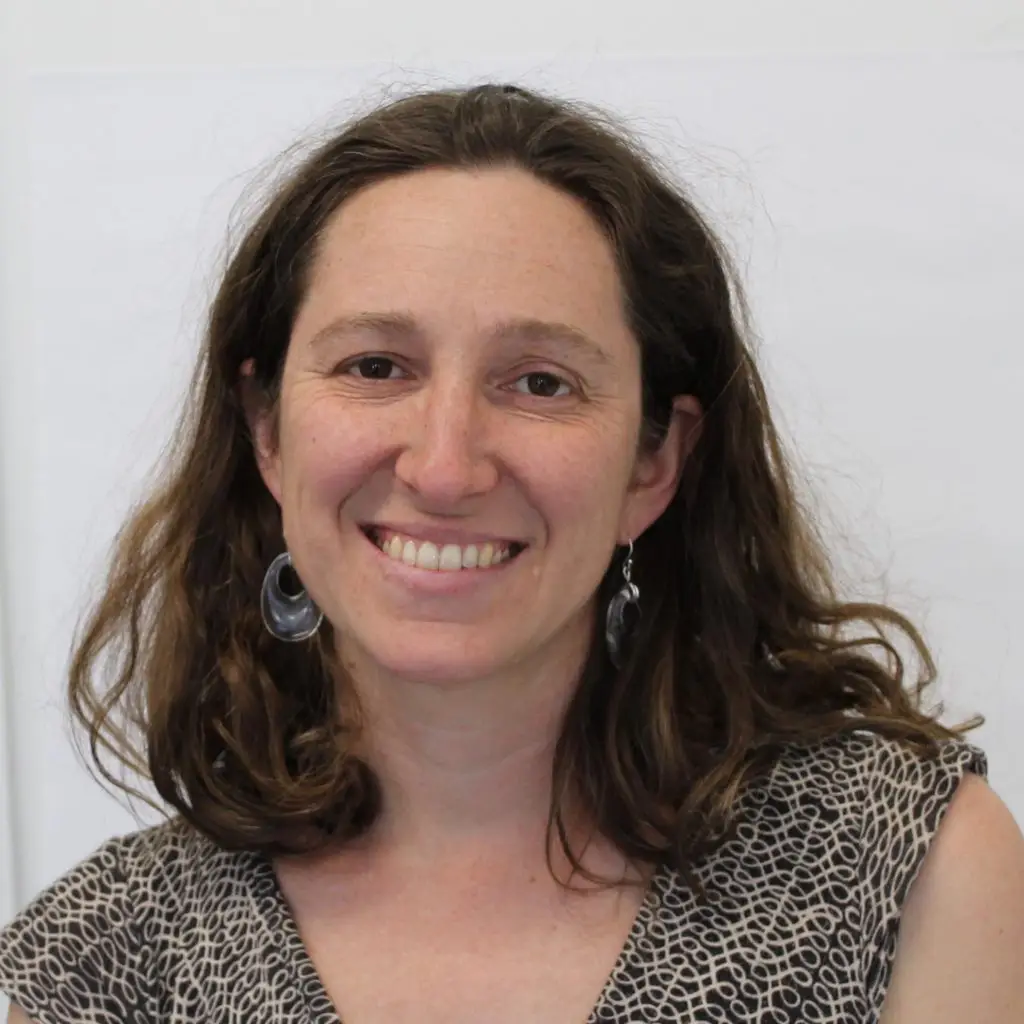This year, even classroom veterans may feel like first-year teachers again.
Whether they’re learning to manage classes over videoconference, teaching some students in person and others over video stream simultaneously, or cycling different groups of students through hybrid remote learning, their jobs have likely changed dramatically.
Remote learning requires teachers to confront new challenges, like assessing the impact of instructional time students lost last spring and supporting students with disabilities or those with mental health needs that might have grown worse after the pandemic. And it’s forcing teachers to rethink the ways they give feedback on student work, track discipline and attendance, and encourage their students to direct their own learning.
All of this puts new demands on teacher professional learning—an area of the American public education system that wasn’t working very well before the pandemic.
Districts have an urgent need to find new ways to help teachers learn on the job and hone their craft. They also have new opportunities to do this differently. It’s both easier and less intrusive for veteran teachers or school and district leaders to observe digital classrooms. Since far more teacher professional development is happening virtually, school systems have new opportunities to bring in the best providers or forge new collaborations across district lines.
In our review of 106 school district fall reopening plans, less than half (48 percent) have publicly committed to increasing time for professional development and planning during this school year. About a third of the districts we reviewed (35 percent) plan to provide coaching to teachers during remote learning.
Our nationwide scan found some promising efforts by school districts to support professional learning despite massive logistical hurdles and a tangle of red tape. But we also see significant missed opportunities to improve support for teachers. School systems owe it to their teachers and students to push further, building systems that will help teachers meet the current crisis and adjust course as they go—and possibly build stronger professional learning systems for the future.
A missed opportunity to prepare
Just over half (58 percent) of the 106 districts in CRPE’s analysis communicated in reopening plans that they provided professional development over the summer that was designed to help teachers prepare for virtual learning this fall.
Some districts rethought summer training to help their teachers prepare to work in new ways. Tennessee’s Shelby County Schools transformed its summer training so teachers could experience a remote learning environment similar to what they would eventually provide for their students. The district also published detailed guide of what teachers could expect in the year to come—including informal observations of their classrooms by school and district leaders, who would provide “specific, actionable feedback.”
But other districts missed a critical opportunity to prepare their teachers for a school year filled with challenges they’d never faced before, such as supporting independent work time for students they can’t supervise in the same room. All of the remote learning plans in our database provide some time for independent learning, but Mesa Public Schools in Arizona is the only district we reviewed that communicated a detailed plan for training teachers to build students’ remote learning study skills and goal-setting.
Few public details, some promising practices
While districts do not always share plans for teacher development with parents and the public (our information is gathered from district websites and other public sources), given the unusual nature of this moment, we would hope to see more transparency about the steps they have taken to help their staff prepare for a difficult and logistically complicated year.
A handful of districts in our review provided specific detail on how they would support teachers with strategies that included setting aside time for planning, creating structures for collaboration, and developing remote coaching programs to help teachers adjust to new teaching demands.
About three-quarters of the 106 districts in our review (73 percent) returned to school remotely this fall—meaning their teachers are undertaking a radical shift in teaching and learning. Yet district plans provide little detail about how they help teachers adapt to new technology and adjust pedagogy to a virtual environment, especially for vulnerable learners. The few districts that do outline detailed plans demonstrate a level of responsiveness that others can learn from.







